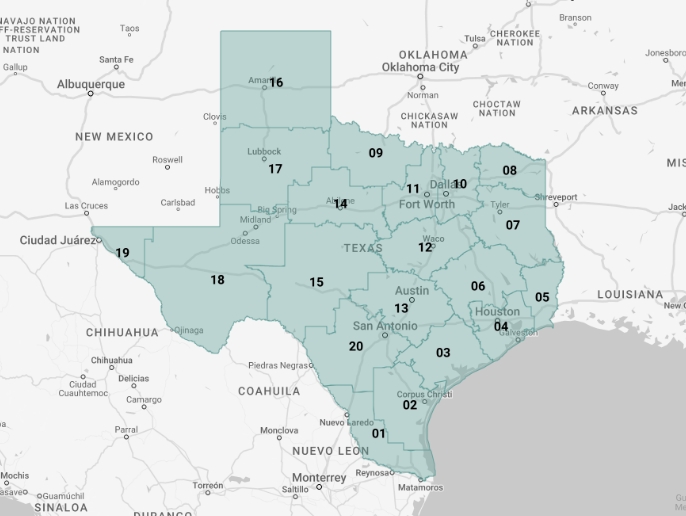Funding Formulas
How Allotments are Calculated
The allotment formula takes three factors into account: teacher designation level, campus socioeconomic level, and campus rural status.
Teacher designations each have a base allotment amount. For example, a teacher with an Exemplary designation will at minimum earn the $6,000 base allotment for their district. Each designation level also has a multiplier rate that, when multiplied by a point value determined by the socioeconomic or rural status of the designated teacher’s campus, may result in a higher allotment for the district.
| Designation | Base | Multiplier |
| Recognized | $3,000 | $1,500 |
| Exemplary | $6,000 | $3,000 |
| Master | $12,000 | $5,000 |
The student point value is determined based on the socioeconomic or rural status of the designated teacher’s campus.
For the socioeconomic factor, each student at the designated teacher’s campus is assigned a tier, or point value, based on the census block of the student’s home address. The tiers are 0, 0.5, 1.0, 2.0, 3.0, and 4.0, from least to most severe economic disadvantage. These tiers are the same ones used for Compensatory Education.
| Student Does Not Qualify for Compensatory Education | Student Qualified for Compensatory Education | ||||
| x 0 Non Eco-Dis |
x .05 Tier 1 |
x 1.0 Tier 2 |
x 2.0 Tier 3 |
x 3.0 Tier 4 |
x 4.0 Tier 5 |
If a campus is considered rural, each student’s tier becomes 2 tiers higher than the assigned socioeconomic status tier. For example, a student at a rural campus with a Tier 2 socioeconomic status results in an overall Tier 4. The maximum value is Tier 5.
An average student point value for each campus is calculated by adding all student tier numbers and then dividing by the total number of students. The average point value is then multiplied by the designation’s multiplier rate. That value is added to the designation’s base allotment, giving the total campus allotment value per teacher.
ALLOTMENT = Base + (Multiplier x Average Student Point Value)


